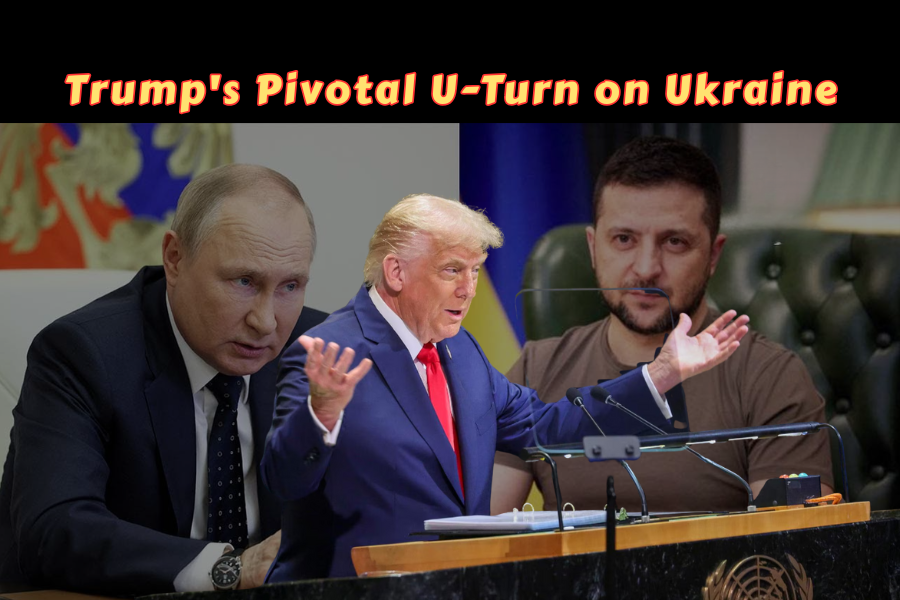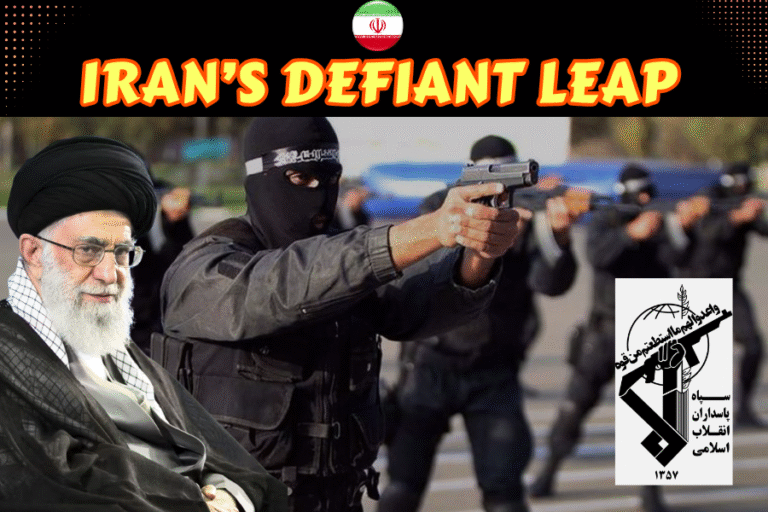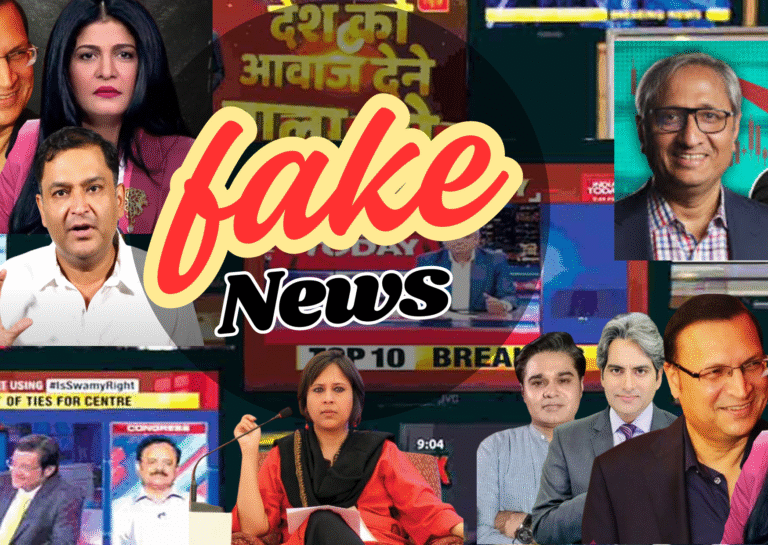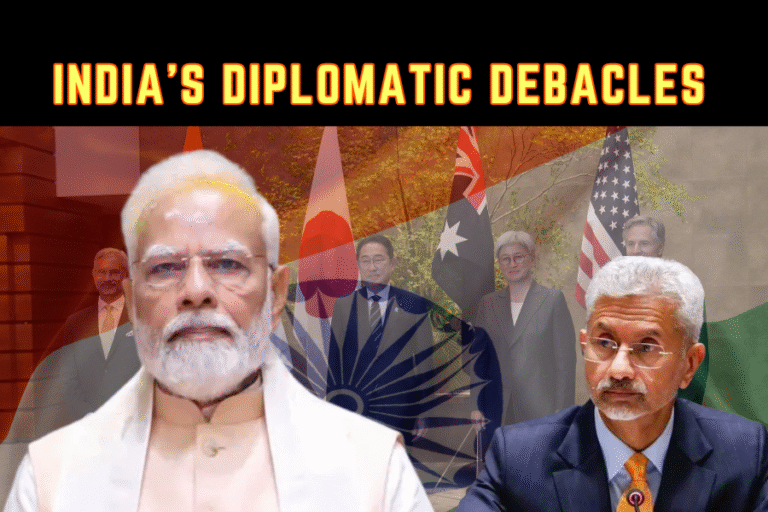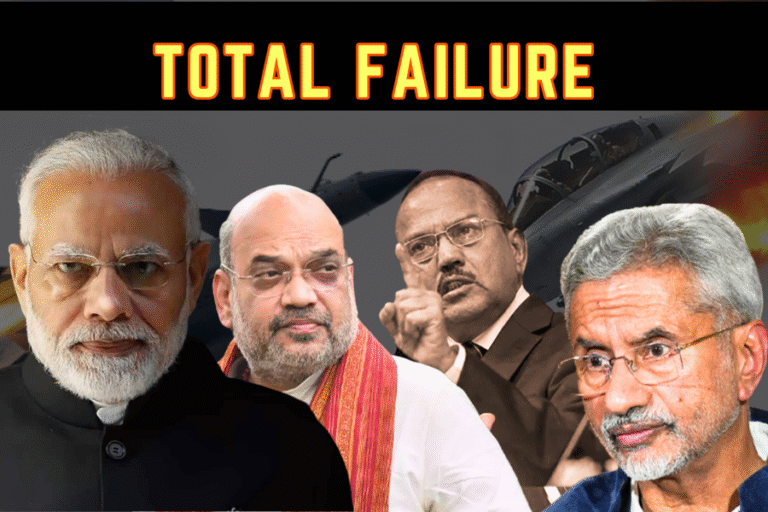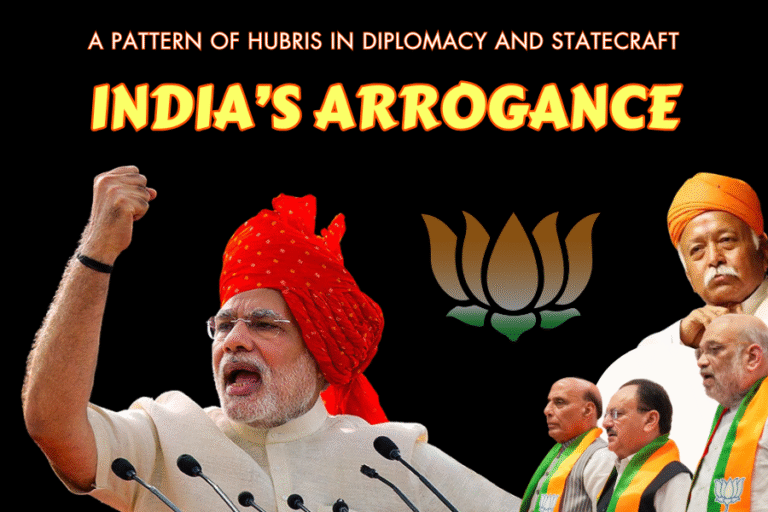(By Mohsin Tanveer)
Introduction
In the grand hall of the United Nations General Assembly on September 23, 2025, U.S. President Donald Trump delivered a speech that blended familiar bombast with an unexpected pivot—one that could reshape the contours of the Russia-Ukraine war. Amid criticisms of global migration, climate policies, and the UN itself, Trump articulated a dramatic shift in his stance on the conflict, declaring that Ukraine could “fight and WIN all of Ukraine back in its original form” with support from the European Union and NATO. Labeling Russia’s military a “paper tiger” mired in “BIG Economic trouble,” Trump urged Kyiv to seize the moment, marking a stark departure from his earlier calls for territorial concessions and a swift, if vague, “land-for-peace” deal. This pronouncement, made shortly after a bilateral meeting with Ukrainian President Volodymyr Zelenskyy on the sidelines of the UNGA, has ignited a firestorm of analysis and reaction, from jubilant cheers in Kyiv to dismissive barbs from Moscow.
As a student of diplomacy and statecraft, I view this as more than rhetorical flourish; it signals a potential recalibration of U.S. foreign policy in the multipolar world of 2025. With the war entering its fourth year, Russia’s slow but steady territorial gains—averaging 170-215 square miles per month since May—underscore the high stakes. Trump’s words challenge not only Putin’s narrative of Western fatigue but also longstanding transatlantic tensions over burden-sharing. This article dissects the evolution of Trump’s “Peace Doctrine,” the catalysts for his reversal, the immediate repercussions for key players, and the broader implications for global security architecture.
The Trump Doctrine: Isolationism Meets Transactional Peacemaking
Since his first term and intensified during the 2024 campaign, Trump’s foreign policy on Ukraine has embodied a paradoxical “America First” ethos: a blend of isolationist skepticism toward multilateral commitments and a brash confidence in personal deal-making. At its core was the audacious pledge to “end the war in 24 hours,” a soundbite that captivated voters but lacked substantive blueprints, often veering into suggestions of Ukrainian territorial cessions to Russia. This approach rested on four pillars, each eroding traditional U.S. leadership in Europe.
First, Trump’s enduring disdain for NATO framed the alliance as a freeloader’s club, with European allies allegedly shirking their 2% GDP defense spending commitments. He has repeatedly flirted with questioning Article 5’s mutual defense clause, viewing it as an unfair drain on American taxpayers—a stance that sowed unease in Brussels and beyond. Second, his “land-for-peace” framework implicitly legitimized Russia’s 2014 annexation of Crimea and subsequent incursions, clashing with the West’s sacrosanct principle of territorial integrity. Critics decried this as appeasement, echoing Neville Chamberlain’s Munich misstep, potentially emboldening aggressors from Beijing to Tehran.
Third, Trump’s vaunted “personal chemistry” with Vladimir Putin positioned him as the ultimate broker, prioritizing backchannel rapport over institutional diplomacy. This cult-of-personality style, while yielding occasional breakthroughs like the 2018 Helsinki summit, often left allies questioning U.S. reliability. Finally, his sharp rebukes of U.S. aid to Ukraine—totaling over $175 billion since 2022—portrayed the support as a European problem, with Trump insisting the continent foot the bill for its own security theater.
This doctrine bred profound anxiety in Kyiv, where Zelenskyy warned that a second Trump term might compel Ukraine into a Faustian bargain, trading sovereignty for a fragile truce. European capitals, from Paris to Warsaw, braced for a transatlantic divorce, accelerating debates on “strategic autonomy.” Yet, as battlefield realities evolved, so too did the man who once boasted of ending wars with a phone call.
The Catalyst for Change: Zelenskyy’s Diplomacy and Russia’s Cracks
Trump’s UNGA reversal was no bolt from the blue; it crystallized amid converging pressures, chief among them Zelenskyy’s masterful diplomatic offensive. Their September 23 meeting— the fourth since Trump’s January inauguration—lasted over an hour, yielding what Zelenskyy called a “big shift” in mutual understanding. The Ukrainian leader, leveraging his post-2022 stature as a wartime icon, reportedly hammered home Ukraine’s battlefield resilience, the moral imperative of full restoration, and Russia’s mounting fissures: fuel shortages, sanctions-bitten banks, and a war economy teetering under 16% inflation. Zelenskyy also dangled prospects of joint U.S.-Ukraine weapons production, blending economic incentives with security pledges to appeal to Trump’s dealmaker instincts.
Geopolitically, Russia’s facade of invincibility has cracked. Despite incremental advances in Donbas, Moscow’s “special military operation” has morphed into a quagmire, with over 600,000 casualties and a defense budget straining 6% of GDP. Trump’s invocation of gasoline queues and “aimless” incursions reflects intelligence briefings highlighting these vulnerabilities—perhaps amplified by recent NATO airspace violations over Poland and Romania, prompting Trump’s bold endorsement of shoot-down protocols. This transactional lens suits Trump: If victory is viable at lower U.S. cost, why settle for half-measures?
Yet, the pivot carries a sting for Europe. By pledging U.S. weapons “for NATO to do what they want with them,” Trump deftly offloads financial and operational burdens, testing allied resolve while signaling a conditional U.S. retrenchment. It’s a high-wire act: supportive rhetoric masking a push for European self-reliance, potentially fracturing NATO if commitments falter.
Echoes Across Capitals: Reactions from Kyiv to the Kremlin
The global response was as polarized as the war itself. In Kyiv, jubilation tempered by pragmatism reigned. Zelenskyy hailed the talks as “constructive,” emphasizing shared ideas for intensified sanctions on Russia’s energy sector and banking lifelines—tools to “push Russia toward peace.” Ukrainian officials view this as a morale booster and potential gateway to advanced arms, including F-16s and ATACMS missiles. Yet, scars from Trump’s first-term aid freeze linger; as one Kyiv diplomat quipped, “Words are cheap—send the jets.” The emphasis on joint production hints at a sustainable partnership, but Kyiv demands clarity on postwar guarantees to deter future aggression.
Moscow’s retort was swift and scornful. Kremlin spokesman Dmitry Peskov dismissed Trump as “deeply mistaken,” attributing the shift to Zelenskyy’s one-sided briefing and insisting Russia’s economy is “stable” despite sanctions. Rebuffing the “paper tiger” label—”Russia is a real bear,” Peskov growled— the Kremlin vowed to press its “special military operation,” underscoring battlefield momentum. Nationalist firebrands like Margarita Simonyan mocked Trump as a “tarot card reader” peddling fantasies, while Dmitry Medvedev tweeted jabs about alternate realities. Beneath the bluster, unease simmers: A unified West, even under Trump’s erratic helm, threatens Putin’s attrition strategy.
European leaders navigated a minefield of relief and apprehension. French President Emmanuel Macron, in a joint appearance, echoed Trump’s optimism on Ukraine while privately fretting over burden shifts. NATO Secretary-General Jens Stoltenberg welcomed the rhetoric but urged concrete aid, amid reports of surging Russian drone incursions testing alliance nerves. On X (formerly Twitter), reactions ranged from pro-Trump defenses of his “peace efforts” to alarm over his UN broadsides, with users decrying the speech as “embarrassing” or a “game-changer” for Ukraine.
Broader Ramifications: Reshaping EU, NATO, and the Global Order
Trump’s volte-face reverberates far beyond the Donbas trenches, portending seismic shifts in Euro-Atlantic institutions. For the EU, it accelerates the quest for strategic autonomy. Already investing €800 billion in defense via the European Defence Fund, Brussels may redouble efforts, viewing U.S. conditionalism as a clarion call for indigenous capabilities—from joint procurement to a European army. This could fortify the bloc against hybrid threats but risks deepening intra-EU rifts, with fiscal hawks like Hungary balking at higher outlays.
NATO, too, faces reinvention. Trump’s weapon-supply pledge reframes the alliance as a decentralized hub, empowering Europe’s “pillar” to lead on Ukraine—potentially via a reassurance force or integrated air defenses. Yet, it exposes fault lines: Will Poland and the Baltics embrace escalation, while Germany hesitates? A stronger European NATO could enhance cohesion, but uneven burden-sharing might invite Russian probing.
For Ukraine, the prize is accession acceleration. Trump’s pro-victory tone bolsters Kyiv’s EU bid, launched in 2022, signaling Western permanence and deterring revanchism. A integrated Ukraine—bolstered by minerals pacts and reconstruction aid—would embed it irrevocably in the West, transforming Eastern Europe’s security calculus. Globally, this pivot tests authoritarian resilience: If Russia falters, it emboldens Taiwan against China; if not, it validates Putin’s “fortress” narrative.
Conclusion
President Trump’s UNGA U-turn on Ukraine is a geopolitical earthquake—optimistic for Kyiv, ominous for Moscow, and opportunistic for Washington. Rooted in Zelenskyy’s diplomacy and Russia’s evident strains, it marries hawkish rhetoric with cost-shifting savvy, potentially tipping the war’s momentum while prodding Europe toward self-sufficiency. Yet, as history cautions—from Yalta’s partitions to Minsk’s mirages—words alone seldom redraw maps. The true test lies in deeds: Will Trump deliver sanctions and arms, or revert to deal-making whims? For EU and NATO, this is a forge for resilience; for Ukraine, a lifeline laced with uncertainty.
In statecraft’s grand theater, Trump’s gambit underscores a timeless truth: Power abhors predictability. As the world watches this drama unfold, the Russia-Ukraine conflict remains a litmus for 21st-century alliances—fragile, adaptive, and ever in flux. Stakeholders from Davos to Delhi must now navigate these winds, lest they find themselves adrift in the tempests of tomorrow.
Kyiv Residents React to Trump’s Comments on Ukraine is relevant as it shows the direct reaction of people in the Ukrainian capital to Donald Trump’s shifting statements on the war.

